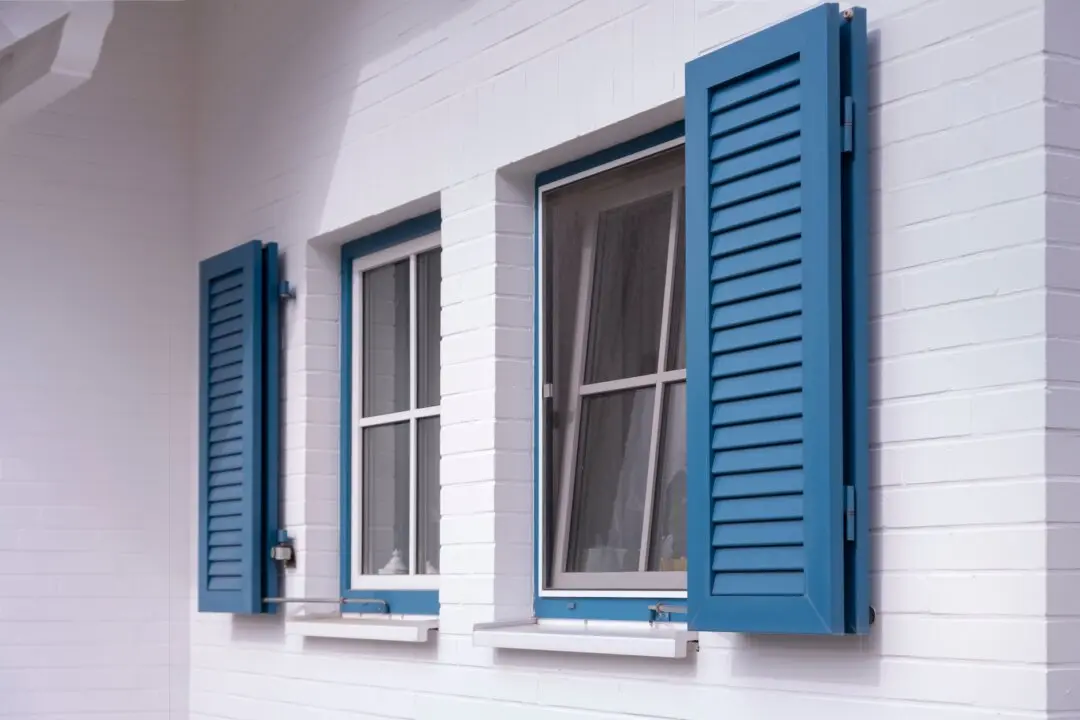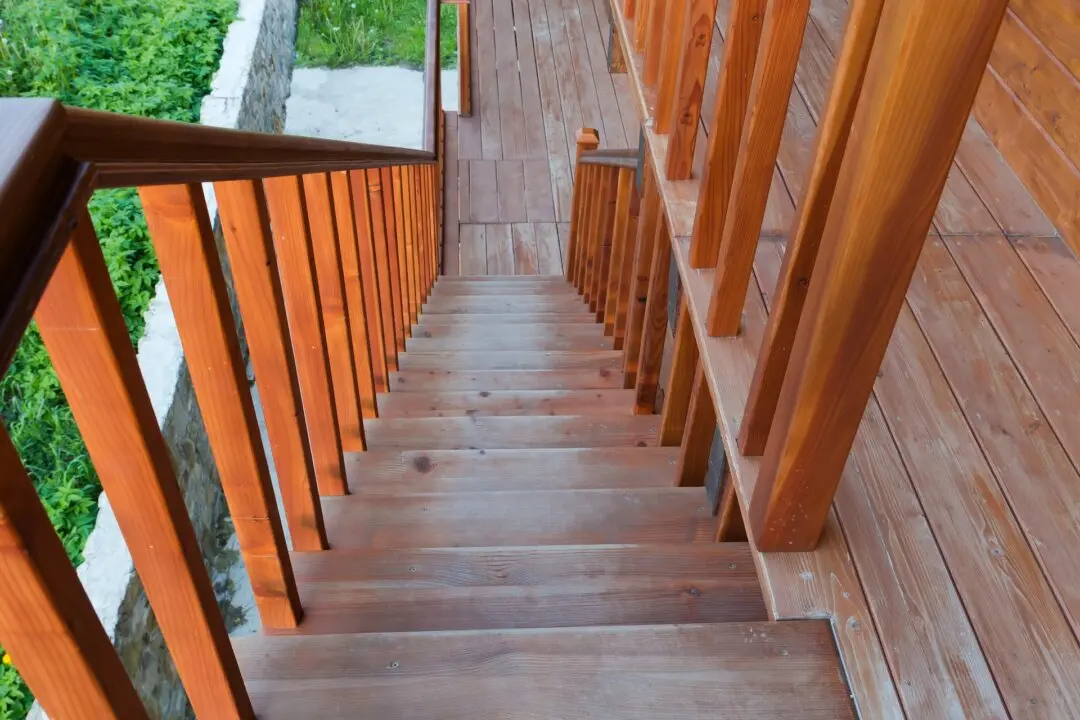Dear James: I have a box of old, dull drills that could not go through warm butter. When I buy new ones, what type is best for different types of drilling tasks? —Anne Y.
Dear Anne: There’s nothing more frustrating than trying to work with old, dull tools, and drilling holes is about the worst. You will probably need several sets of drill bits for various types of materials and projects. If you use them properly, they'll last a long time before getting dull.





